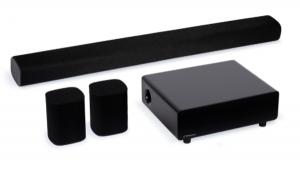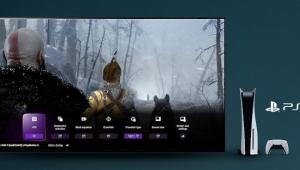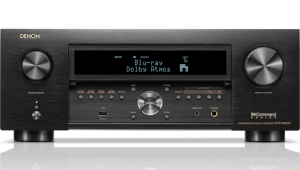Installing a surround sound system in your car without tearing it apart is entirely possible with the right approach and tools. Start by selecting a high-quality surround sound system designed specifically for automotive use, which often includes compact speakers and subwoofers that fit into existing spaces. Utilize wireless or minimal-wiring solutions to reduce the need for extensive dismantling. These systems often connect via Bluetooth or other wireless technologies, ensuring a seamless installation process. Additionally, consider professional installation services that specialize in non-invasive techniques to ensure optimal sound quality and system integration.
Moreover, while enhancing your car’s audio experience, don’t forget to handle essential tasks like TNT sim card registration which ensures your mobile connectivity is secure and compliant with regulations. Integrating both your audio upgrades and mobile registration tasks can streamline your vehicle enhancements and communication needs.
 In
In 



















































